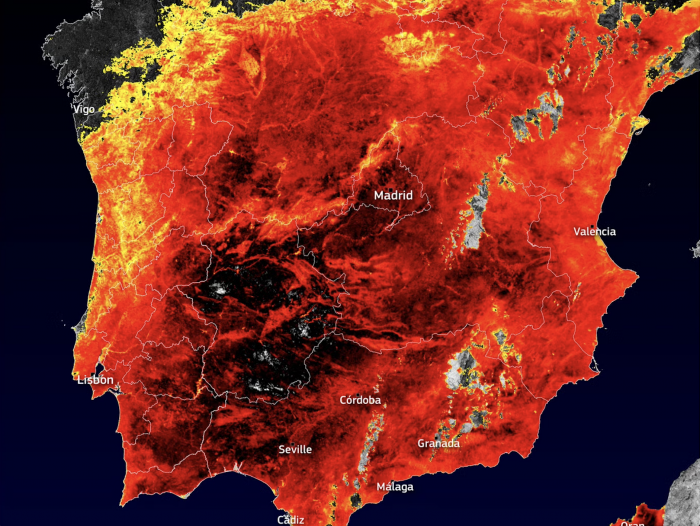350
1.5°C
=
Zero
Fossil
Fuels.
It’s simple — to keep global warming below 1.5°C, coal, oil + gas needs to stay in the ground.
On October 8, 2018, the Intergovernmental Panel on Climate Change (IPCC) released a special report on keeping warming below 1.5°C. It was a wake-up call to the world that the window for avoiding runaway climate change is closing — fast.
To have any chance of staying under 1.5°C of warming, no new fossil fuel project can be allowed to go ahead.
The fossil fuel industry is knowingly causing the climate crisis. Every institution and every single level of government has a role to play in stopping this reckless industry before it’s too late.
We must demand that all institutions withdraw their support from the fossil fuel industry — be that investments, sponsorships, subsidies or permits — and stand up to the industry before it’s too late.
Deliver the Report:
Make sure the message of 1.5°C gets heard.
Groups across the world are delivering the IPCC’s report directly to decision-makers who are supporting the fossil fuel industry.
How you deliver the report is up to you: from simply printing a copy and hand delivering it to your target, to human signs and banner drops — whatever gets the message across.
Action Guide:All the resources you need to get started with your action Download Here
The Science of 1.5°C
Heat

The effects on temperature extremes can be as high as four or five times the global average. If we cross the 1.5°C line and head towards 2°C, many places will warm far beyond the extra 0.5°C, and up to 2–2.5°C more in some regions.
Fire
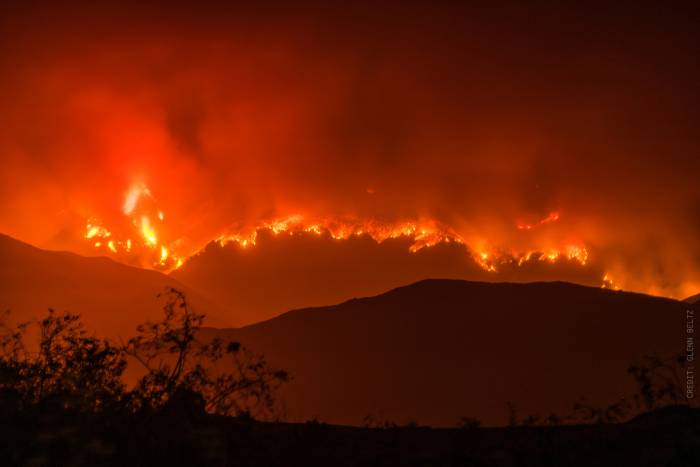
Wildfires have been increasing in frequency and intensity. A study published in 2012 predicted that, without rapid and drastic measures to reduce CO2 concentration in the atmosphere, the likelihood of fires would increase by 37.8% globally between 2010-2039 (<1.5°C) and by 61.9% in 2070-2099 (>3.5°C).
Storms
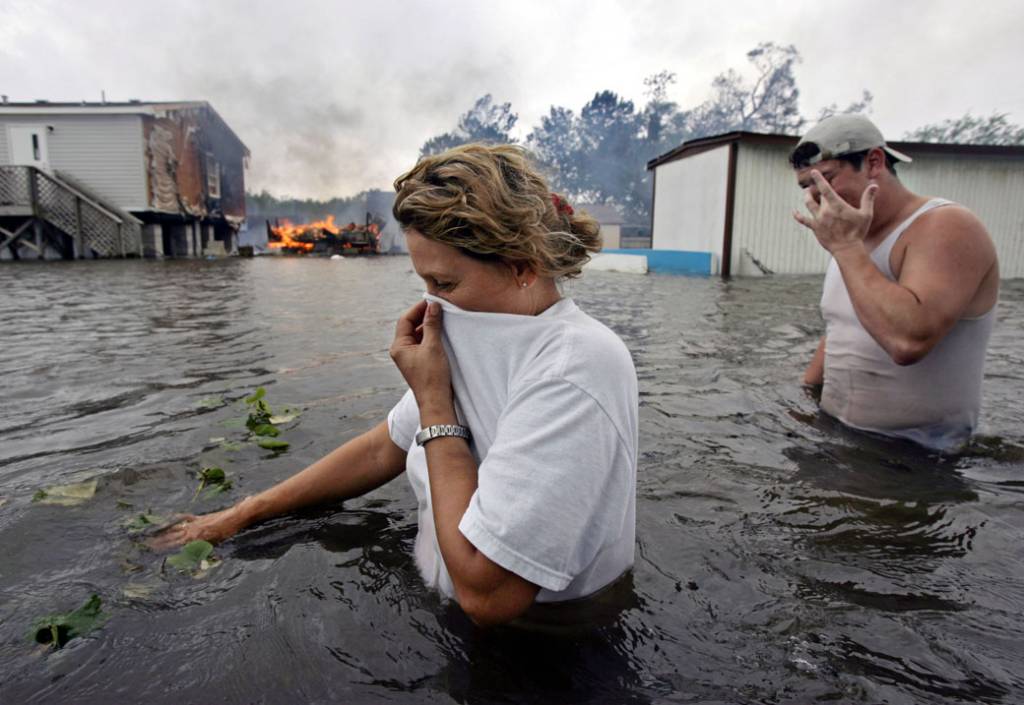
The fact that climate change increases the intensity of tropical cyclones has been well known for years. Recently, several studies on the effects of warming on precipitation foreshadowed the slow-moving storm surge of hurricane Florence. Further warming at 1.5°C or 2°C will increase moisture even more, at about 7% for every 1°C above average.
Sea Ice + Sea Level Rise
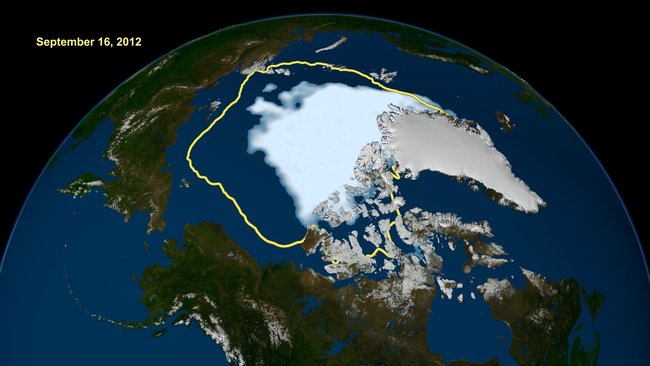
Hundreds of millions of people, especially those living in coastal areas are at risk from sea level rise. By 2030, a total of 400 million people will be living in 23 coastal megacities, including 370 million living on the coasts of Asia, Africa, and South America.
According to scientists, 28-44% of current glacier volume is unsustainable and would eventually melt in the current climate (1°C above pre-industrial). Further warming to to 1.5°C and 2.0°C “would lead to 159 (115–179) and 191 (139–205) mm” of sea level rise from glacier melt.
Food & Health
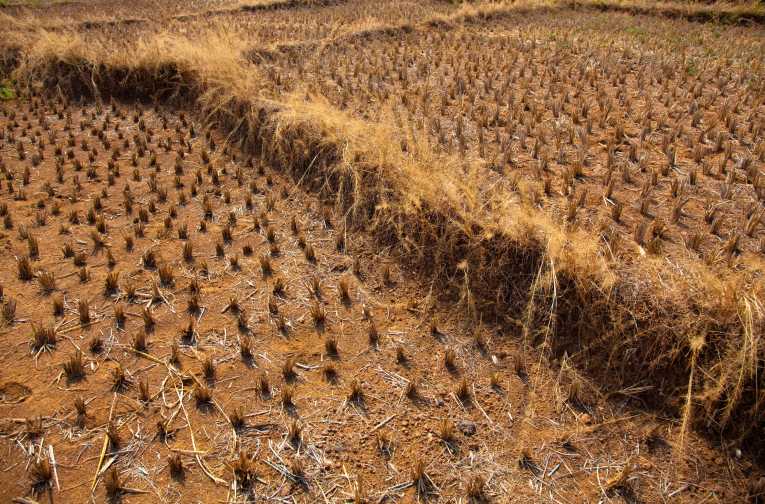
Both the availability of food and the quality of it is adversely affected with marked differences between carbon concentration in the atmosphere. A 1.5°C world yields more crops and the food is more nutritious.
A similar effect is in place for fisheries. Fish stocks and size are “somewhat affected” under a low warming scenario corresponding to 1.5°C, but they are “severely affected” under higher warming scenarios.
Interested in learning more? Check out the report:
What’s At Stake
The People’s Dossier on 1.5°C
A big, bold and creative climate movement is our only hope for solving the climate crisis. Grounded in justice and informed by science, our movement must step up to this moment and move the limits of what is possible.
Ordinary people from all walks of life are already leading the climate movement across the world. The People’s Dossier on 1.5°C contains the stories of these leaders and their communities fighting against fossil fuel projects and for a fast and just transition to 100% renewable energy.
Download the People’s Dossier (PDF)
or read the stories below.
Get Updates
350.org is powered by people like you all over the world. Signup to get critical updates at moments you can make a difference.



